 Common Problems and Improvement Direction of Battery Stacking Machine
Mar 17 , 2023
Common Problems and Improvement Direction of Battery Stacking Machine
Mar 17 , 2023
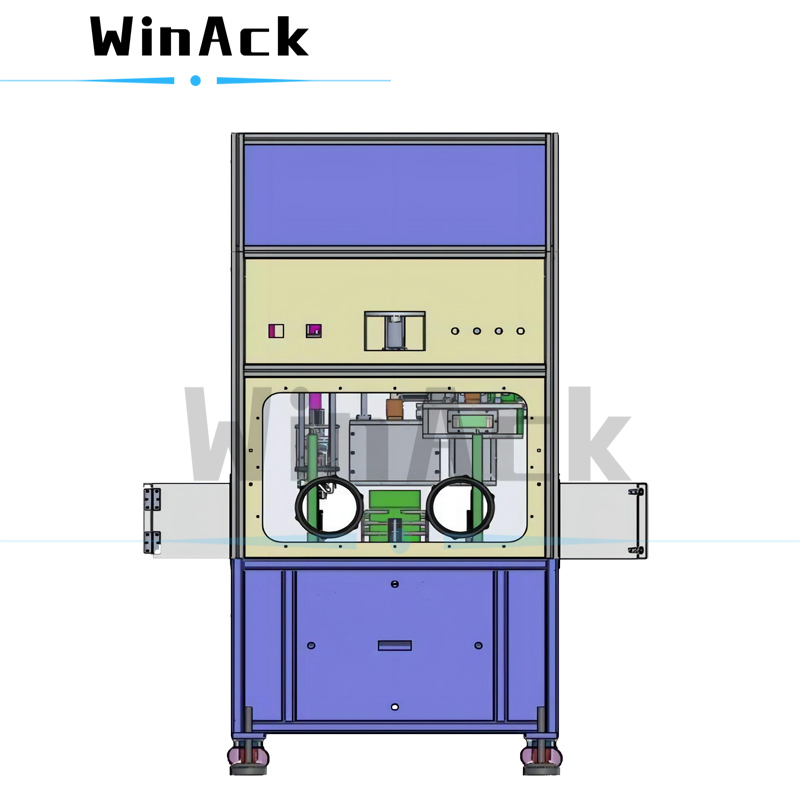 The Direction of Improvement of Electrolyte Filling Machines
Feb 20 , 2023
The Direction of Improvement of Electrolyte Filling Machines
Feb 20 , 2023
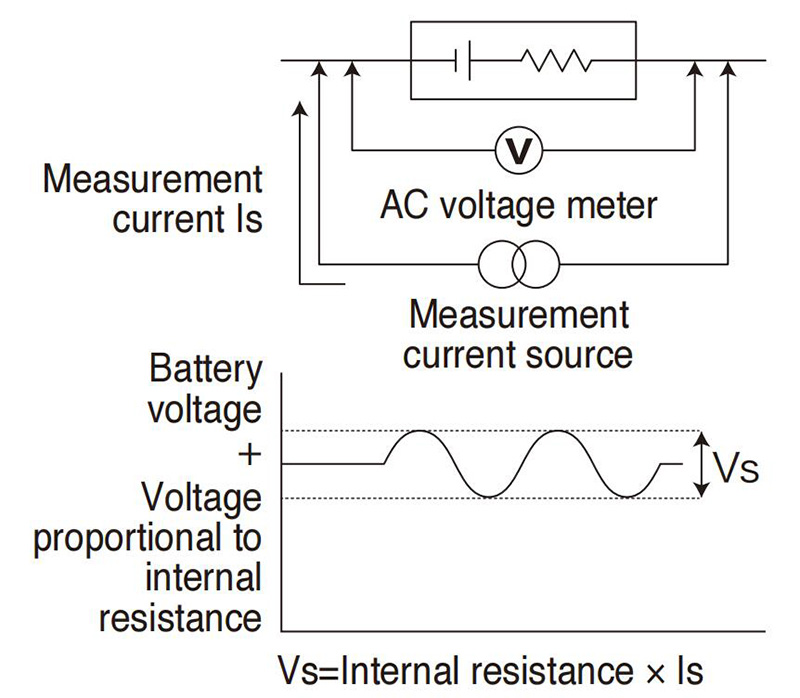 Battery Internal Resistance Test: ACIR and DCIR | Battery Testing
Feb 06 , 2023
Battery Internal Resistance Test: ACIR and DCIR | Battery Testing
Feb 06 , 2023
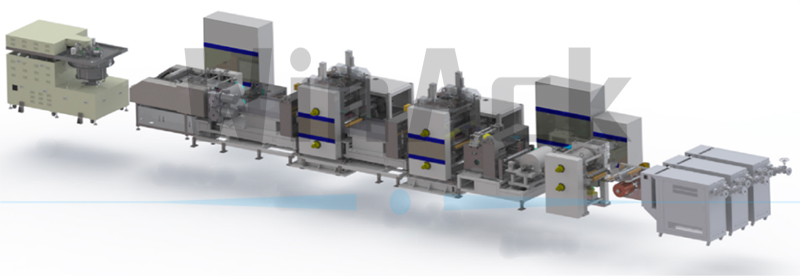 Dry Electrode Manufacturing Process and Equipment
Dec 05 , 2022
Dry Electrode Manufacturing Process and Equipment
Dec 05 , 2022
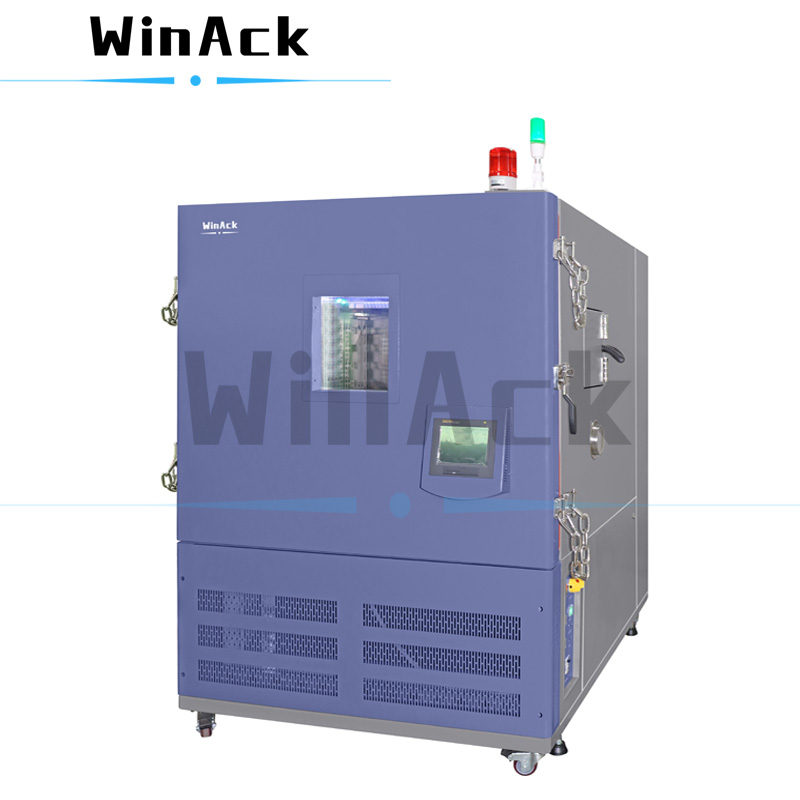 EV Battery Energy Efficiency Testing | EV Battery Testing
Nov 21 , 2022
EV Battery Energy Efficiency Testing | EV Battery Testing
Nov 21 , 2022
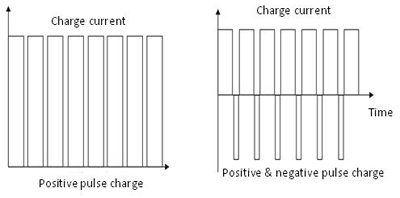 EV Battery Power and Internal Resistance Testing | EV Battery Testing
Nov 08 , 2022
EV Battery Power and Internal Resistance Testing | EV Battery Testing
Nov 08 , 2022
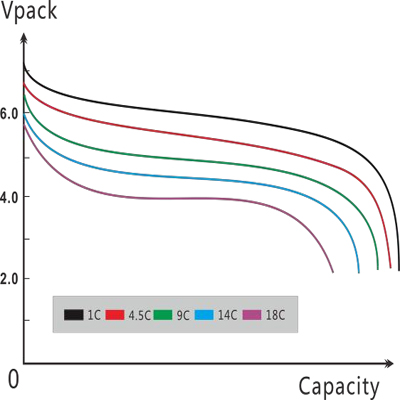 EV Battery Capacity and Energy Testing | EV Battery Testing
Nov 01 , 2022
EV Battery Capacity and Energy Testing | EV Battery Testing
Nov 01 , 2022